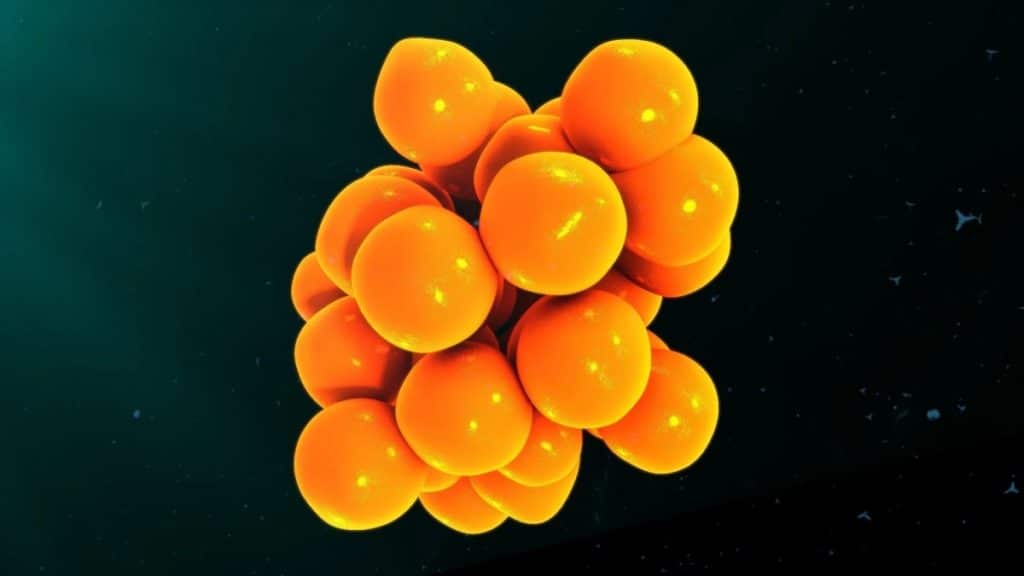Introduction
The field of IL-2 Human, centered on the study of Interleukin-2 (IL-2) within human biology, stands as a pivotal domain in immunology and medical research. IL-2, a cytokine crucial for regulating the immune system, offers insights into immune responses and holds potential for therapeutic applications across various diseases. This essay delves into the multifaceted landscape of IL-2 Human, exploring its molecular mechanisms, physiological roles, and therapeutic implications.
The Molecular Machinery of IL-2
At its core, IL-2 serves as a signaling molecule primarily produced by activated T cells, orchestrating a cascade of events within the immune system. Its role in stimulating the proliferation and differentiation of T cells underscores its significance in mounting effective immune responses against pathogens and malignant cells. Moreover, IL-2 exhibits a nuanced influence on other immune cell populations, including natural killer (NK) cells and regulatory T cells (Tregs), thus contributing to the intricate network of immune regulation.
Physiological Functions of IL-2
The physiological functions of IL-2 extend beyond its role in immune cell proliferation. Indeed, IL-2 plays a pivotal role in maintaining immune homeostasis and tolerance. By promoting the expansion of regulatory T cells, IL-2 contributes to immune tolerance, preventing autoimmune reactions and dampening excessive immune responses. Furthermore, IL-2 exerts effects on non-immune cells, including endothelial cells and epithelial cells, highlighting its diverse array of physiological functions beyond traditional immune modulation.
Therapeutic Implications
The therapeutic potential of IL-2 in treating diseases spans a broad spectrum, with cancer immunotherapy standing as a prominent application. High-dose IL-2 therapy has demonstrated efficacy in certain malignancies, such as advanced melanoma and renal cell carcinoma, by harnessing the immune system to target and eliminate cancer cells. However, the clinical utility of IL-2 therapy is tempered by significant toxicities, necessitating further refinement of treatment protocols and the exploration of alternative strategies.
Advancements and Future Directions
Innovations in IL-2 research continue to drive progress in the field, with a focus on developing novel therapeutic modalities with enhanced efficacy and reduced toxicity. Engineered IL-2 variants and receptor agonists offer promise in fine-tuning immune responses for optimal therapeutic outcomes while minimizing adverse effects. Moreover, the exploration of IL-2 in the context of autoimmune diseases and infectious diseases presents avenues for expanding the therapeutic repertoire of IL-2-based interventions.
Conclusion
IL-2 Human stands as a dynamic field at the forefront of biomedical research, offering insights into immune regulation and therapeutic opportunities across diverse disease states. By unraveling the intricacies of IL-2 signaling and its impact on human biology, scientists are poised to translate these findings into innovative therapies that hold the potential to revolutionize patient care and advance the frontier of medicine.
